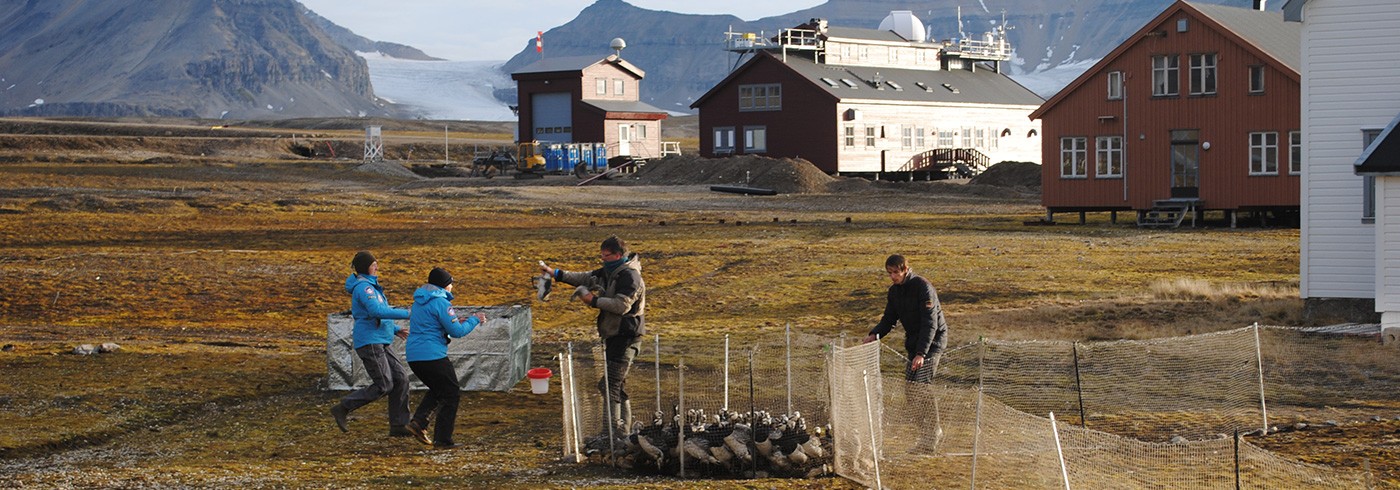Ny-Ålesund: Node of Arctic science and geopolitics
29 July 2013 - 5 August 2013This project investigated how science, science stations, and the built environment of Ny-Ålesund, Svalbard, reflect and substantiate geopolitical scripts that legitimate non-Arctic states as stakeholders in the Arctic.
This research is important due to the greatly increased interest in the Arctic on the part of non-Arctic states, and to the need to understand processes through which new stakeholders establish and communicate their stakeholder status in the region. Ny-Ålesund was selected for its concentrated international presence and the apparent role of scientific research as a means for both producing knowledge and fostering perceptions of legitimacy.
The research method centred on interviews with scientists and station managers, including local Norwegian officials, and on site visits to research stations where scientific fieldwork could be observed. Sound recording, note taking, and photography were the primary documentation and data gathering techniques.
The preliminary results indicate that Ny-Ålesund represents a primary node for scientific research in the Arctic. At the same time, it performs a geopolitical function for an array of state actors. These two functions do not contradict one another. The science stations and the research conducted there, which is shaped by the priorities of the states operating them, vary widely in staffing and other operational aspects. Outward manifestations of national presence in Ny-Ålesund are minimal.






